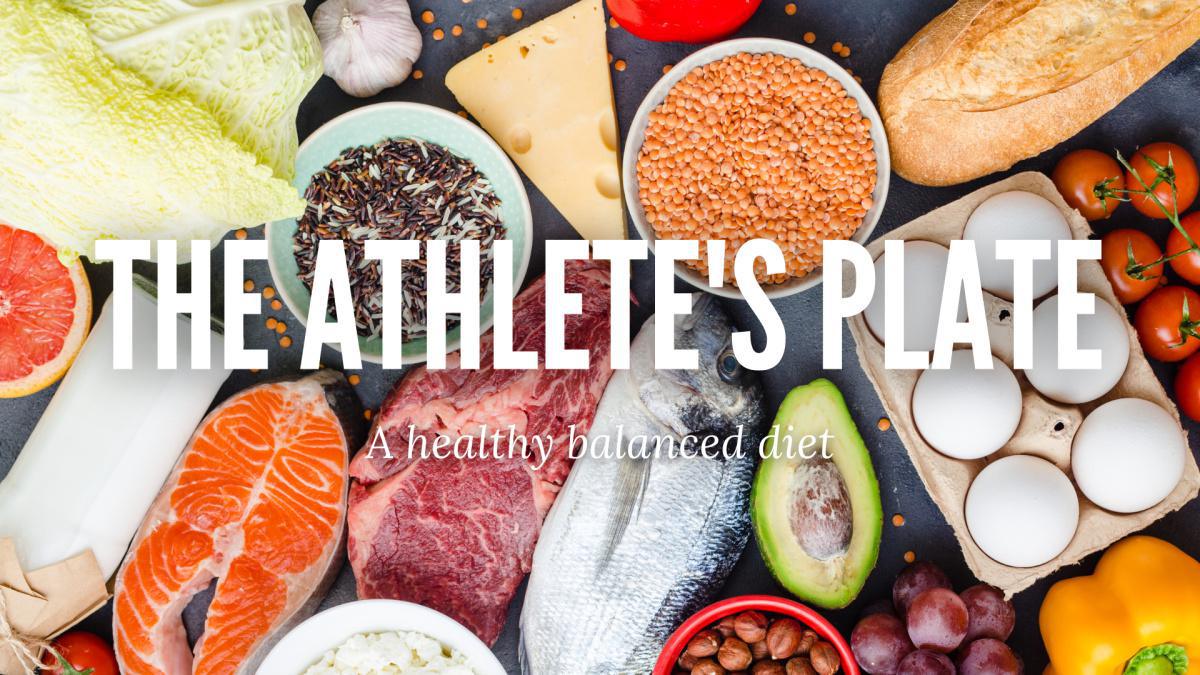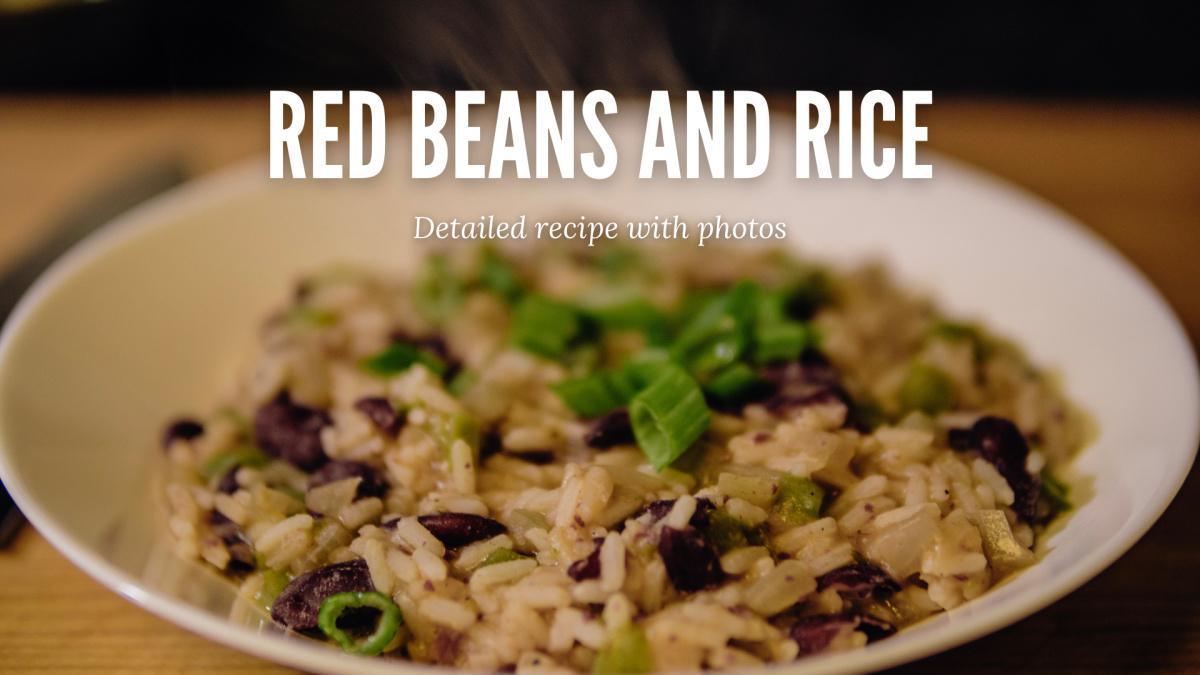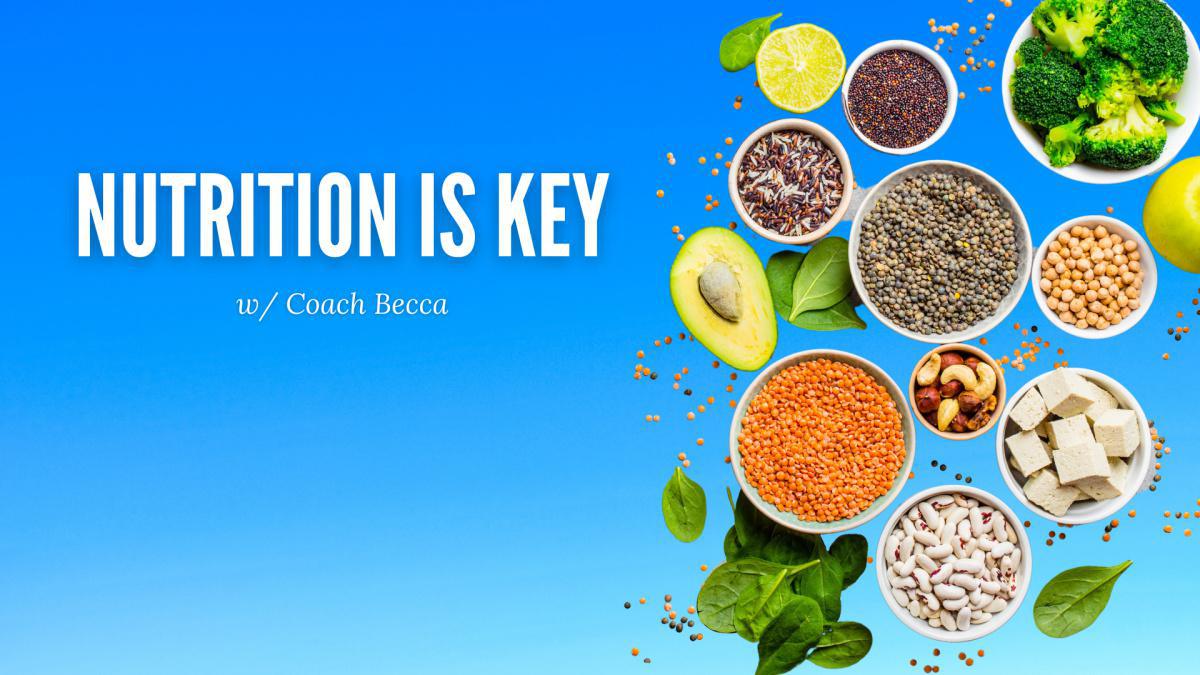Updated 01/17/24 1:27 AM
Nutrition and Recipes:
The Athlete's Plate

A balanced plate for any individual has several components. The ratio of these foods on your plate will change as your training increases. Let’s take a look at what makes up a balanced plate.
● Fruits and non-starchy vegetables: These staples provide plenty of fiber to help you feel full and support heart and gut health as well as vitamins and minerals to keep your metabolism and immune system strong and support healthy bones and muscles. When you are between training cycles or in the early part of a training cycle, you’ll fill half your plate with fruits and vegetables. As training increases, you’ll decrease this to 40% to make more room for grains and starchy vegetables. Remember to “eat the rainbow” to get all of the many important nutrients that they provide.
● Carbohydrates: Carbohydrates are found in grains such as corn on the cob, rice, quinoa, oatmeal, and breads and pastas and starchy veggies such as winter squash and potatoes. They provide energy to fuel your muscles on the run and to keep your brain functioning optimally throughout your day. It is recommended to make at least half your grains whole (for example brown rice, quinoa, corn, oatmeal, whole wheat bread, pasta, bagels & tortillas) because these products provide additional protein, iron, and fiber. Early in training, these will fill a quarter of your plate. As training increases the amount of carbs will increase to 35%, replacing some of the non-starchy vegetables. This ensures that your body has the energy it needs to perform and recover optimally.
● Protein: Protein is found in meat, eggs, dairy as well as many plant products such as beans (like chickpeas, black beans, pinto beans, white beans, and edamame), lentils, soy products (soy milk, tempeh, tofu), and nuts and nut butter. Protein provides the building blocks that your body needs to recover from workouts and build muscle to help you go farther and faster. It also takes a bit longer to digest, so it helps you stay fuller. This is no small thing, 'RUNGER' is real! The focus should be on lean protein, preferably from a variety of plants. Fish can be included 2-3 times a week. Full-fat dairy and red meat should be limited due to their high saturated fat content. Protein will fill a quarter of your plate throughout training. Early on, it can be a little more (like 35%) at the expense of carbs if you prefer.
● Fats: Healthy fat is important to include in your diet for it’s antiiflammatory effects, it’s benefits to heart and brain health, and to help meet the energy demands of training. It also causes the gut to release hormones called satiety hormones that help our brain to know that we’ve eaten and to feel satisfied with a meal or snack. Healthy fat comes from plants; think avocado, olive oil, nus, nut butters, and chia, hemp, and flax seeds. Early in training, include 1-3 tsp of healthy fat daily. This can increase to 1-2 tbsp as training increases.
● Hydration: Don’t forget to drink enough water! Even in winter, you will be losing a lot through evaporation as you breathe. Aim for a MINIMUM of half your bodyweight in ounces (for example, a 150 lb person would have a goal of 75 oz). This will increase as training increases and also with extreme heat and humidity. To count towards your daily hydration, a beverage must have no alcohol or caffeine. While sports drinks may be important on a long run, they can add a lot of sugar to your diet if you are sipping on them throughout the day. Plain water is just as hydrating as you go about your routine.
We’ll touch more on each of these categories as your training continues. In the meantime, feel free to reach out to beccablumberg@gmail.com with any questions or to discuss working one on one for a more personalized plan.



Some ideas on what to eat, how to make it, and how to eat it.
Read more Nutrition and Recipes:
Also see:
UCSF Sports Medicine
The UCSF Sports Medicine team gives fantastic information for all marathon runners.
Tutorials
Simple instructions for how to perform exercises for running.
Yoga for Runners
A group of physical, mental, and spiritual practices aimed at self-controlling the body and mind of a runner.
Strength Training
Using strength and resistance training to improve marathon performance.
Health and Performance
We're excited to re-introduce Dr. Jeff Shapiro to our SFM community. If you're looking to improve your health and performance, you know an overwhelming amount of information and opinion is conflicting, counterproductive or harmful. We're giving Dr. Jeff a platform to address this. In his articles, Dr. Jeff will discuss exercise and nutrition physiology (how the body works) allowing you to ignore chatter and reject myths. For example, should you carbohydrate load and/or eat during running? Are pills on SFM weekend harmful? After graduating from Stanford and Yale, Dr. Jeff served as medical director of the San Francisco Marathon for a decade, completed and lectured at 50 marathons and trained athletes to achieve peak organ function for 30 years. Dr. Jeff appeared on ABC News' 20/20 "Super Humans," consulted for CBS News' 60 Minutes "The Toughest Race" and co-produced “Ultra Running” for The Late Show. At the 2023 San Francisco Marathon, Dr. Jeff received a standing ovation for his presentation on exercise/nutrition physiology and adverse effects of pills. Since he teaches physiology, Dr Jeff’s presentations will read like science instead of a blog. Train Well with Dr Jeff starting in May 2024.




